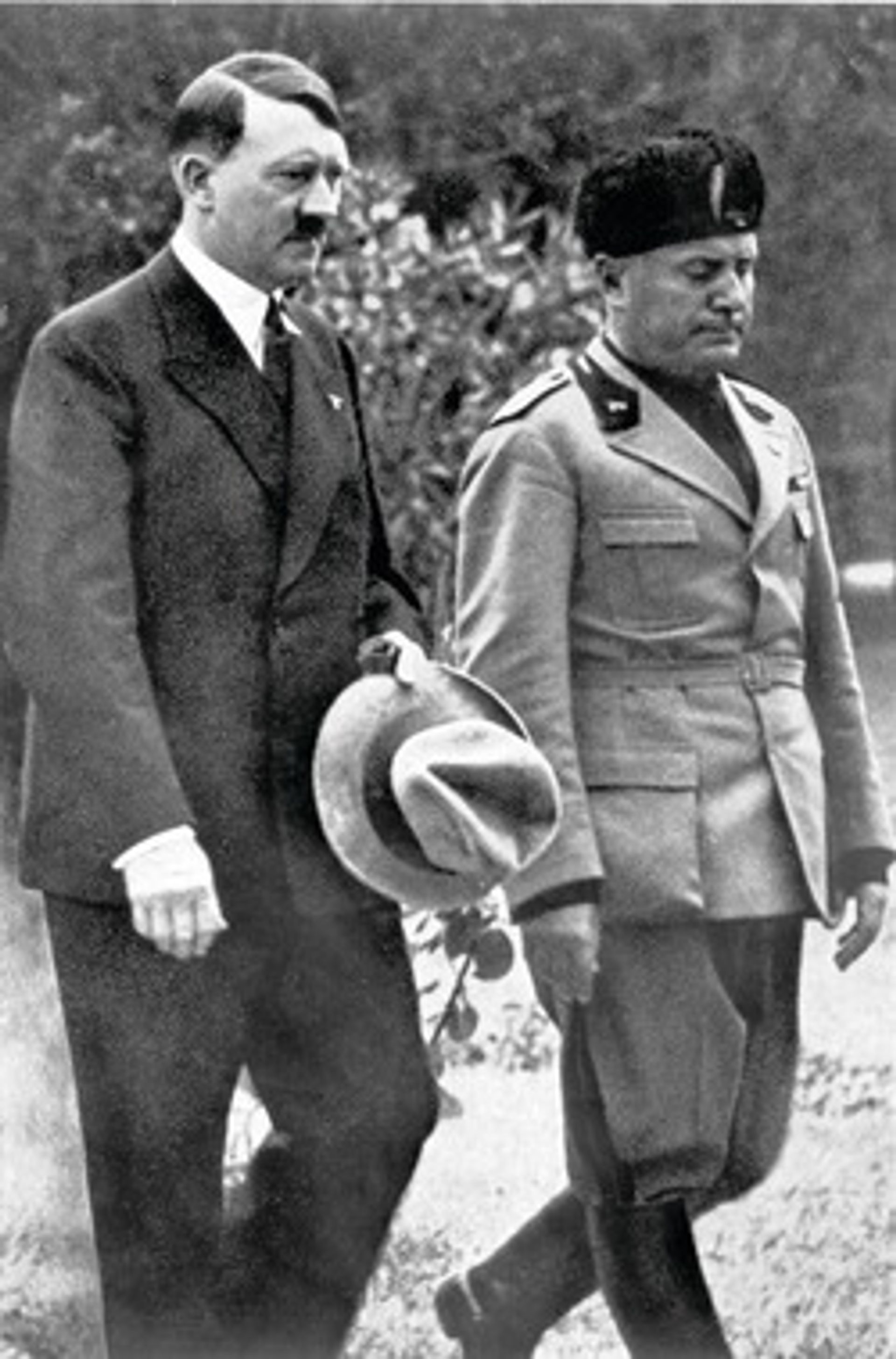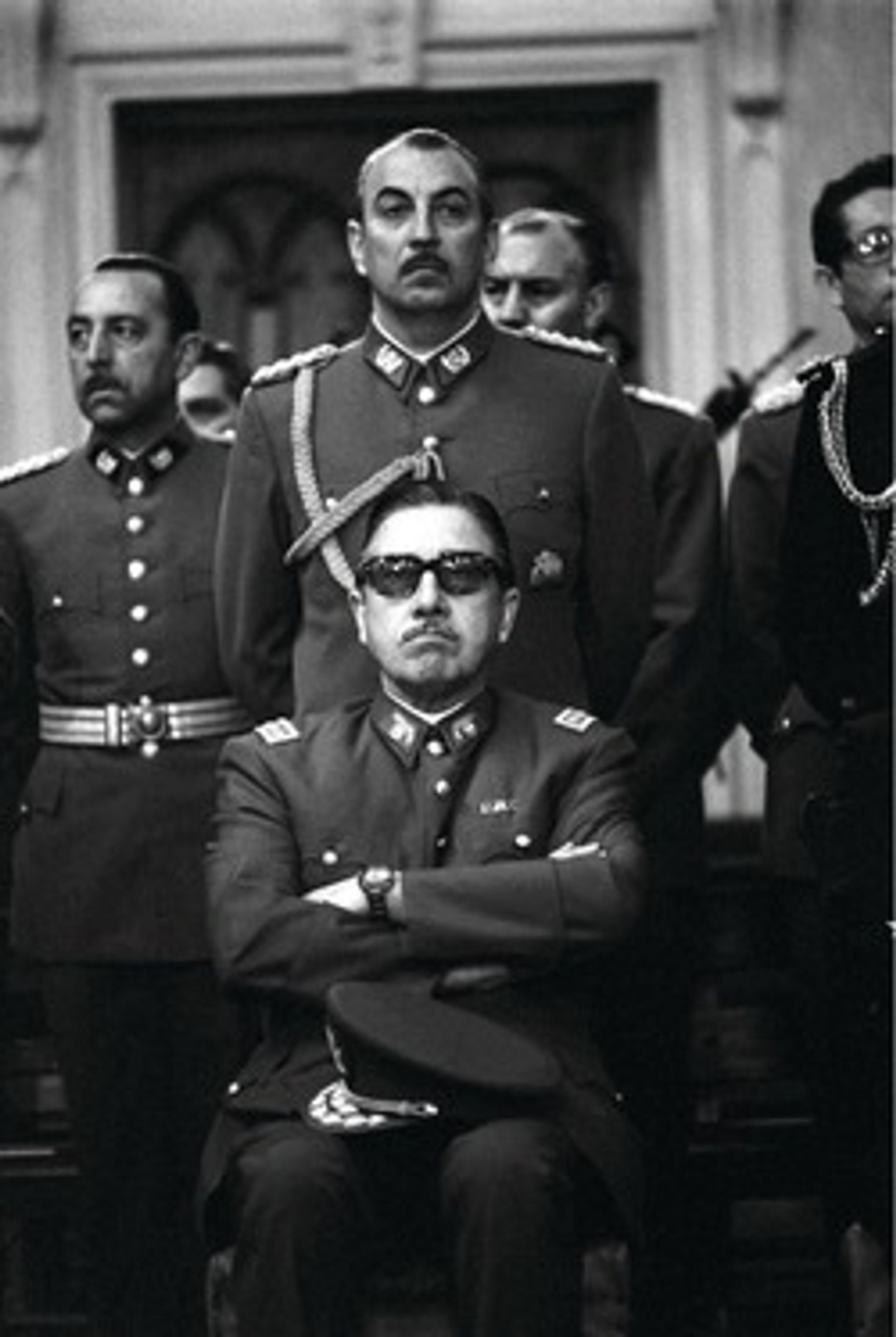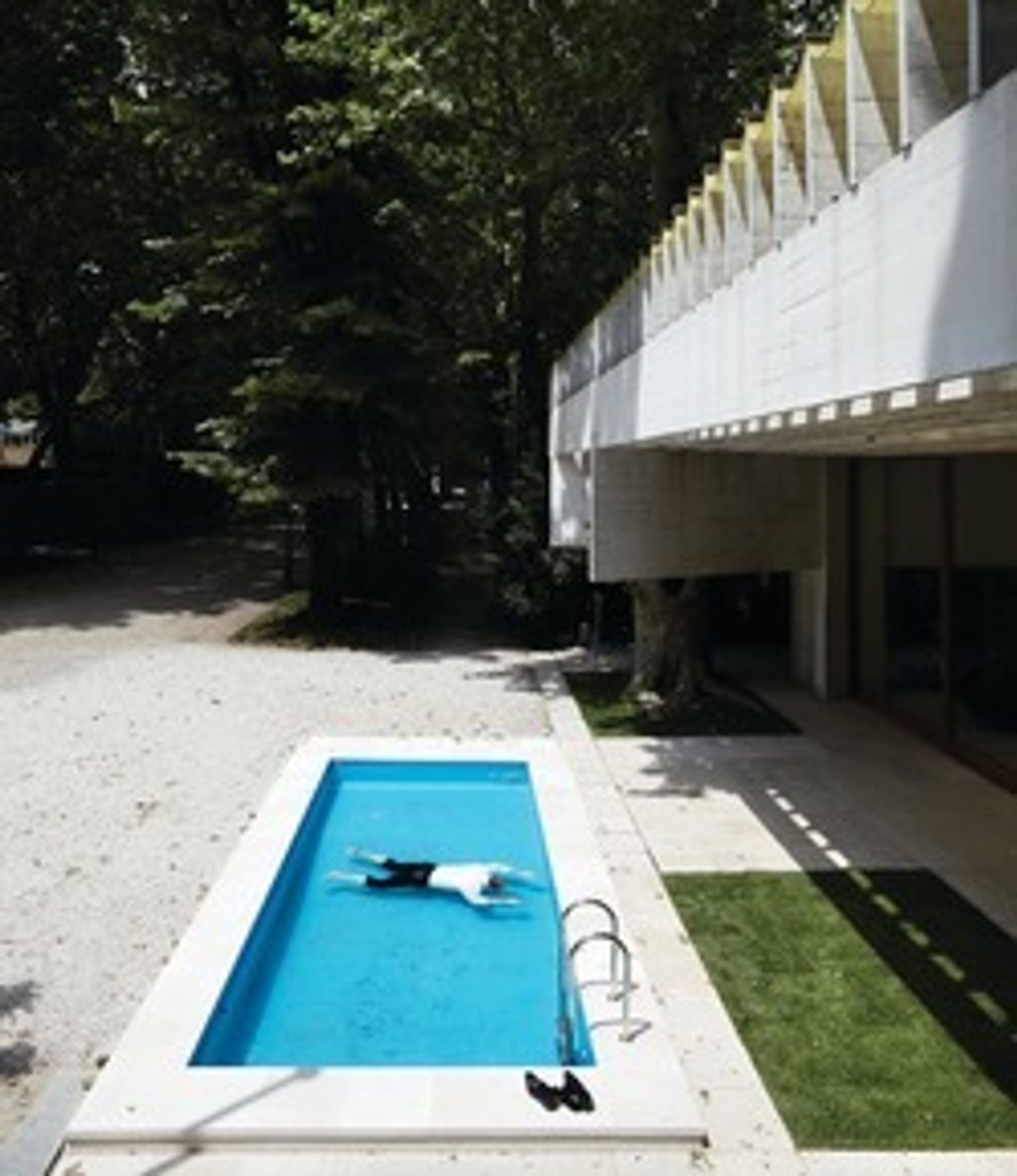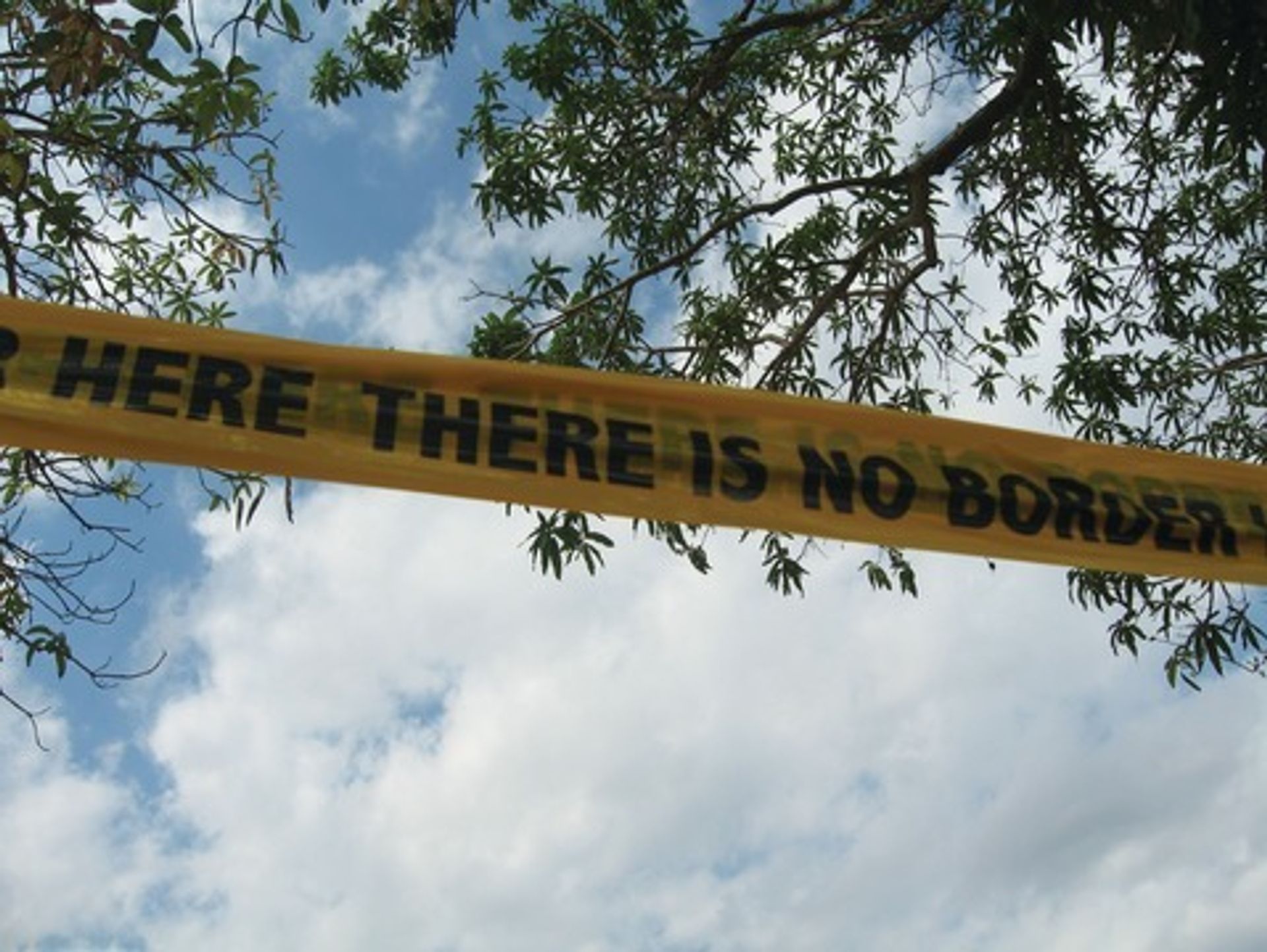1895 • The first International Art Exhibition of the City of Venice opens (left, King Umberto I di Savoia and Queen Margherita at the opening) in the newly built Palazzo dell’Esposizione, representing “the most noble activities of the Modern spirit”. The exhibition is a success, attracting 224,000 visitors during its six-month run.
1910 • The poet and Futurist F.T. Marinetti showers St Mark’s Square with 80,000 leaflets in a protest against the Biennale’s “traditionalism” as works by distinguished and established artists including Klimt, Renoir and Courbet go on show. However, Picasso’s work is deemed too shocking and is removed from the Spanish salon.
1922
• Vittorio Pica, the Biennale’s new secretary-general, organises the first exhibition of sculptures by African artists, causing a stir. Pica’s “boldness” is then reined in, and an administrative board is set up to work alongside him.

1934
• On his first trip abroad after coming to power in 1933, Hitler travels to Venice to meet Benito Mussolini (left) and to visit the Biennale’s German pavilion. He demands a redesign, including replacing the parquet floor with marble slabs.
1948 • After the outbreak of the Second World War, the Biennale is suspended between 1942 and 1948. It re-emerges with gusto: Picasso has his first show (a retrospective of 19 paintings) at the festival, aged 67, while Peggy Guggenheim exhibits 136 works from her New York collection, which later finds a home at Ca’ Venier dei Leoni.
1972 • The 25-year-old artist Gino De Dominicis presents his installation The Second Solution of Immortality (The Universe is Immobile)—a young man with Down’s Syndrome sitting in a chair in a corner, across the room from a pair of identical twins. The work causes a public outcry, prompting an investigation in the Italian parliament.

1974 • The entire Biennale is dedicated to Chile, as a protest against the Chilean dictator Augusto Pinochet (left). Exhibitions of murals and concerts are organised in support of the Latin American country. Hortensia Allende, the widow of the assassinated Chilean president Salvador Allende, attends the opening. This edition of the Biennale is not assigned the traditional Roman numeral and no catalogue is printed.
1977 • The “Biennale of Dissent” is devoted to protest in the art and culture of European countries “currently defined as socialist”. Carlo Ripa di Meana, the Biennale’s president, resigns amid the controversy.
1989 • The International Film Festival takes over the Italian pavilion in the Giardini, presenting work by Jean Cocteau.
1993 • The artist Hans Haacke smashes the German pavilion’s marble floor—part of Hitler’s refurbishment—and displays a large-scale photograph of the Führer’s 1934 visit in the entrance. The installation, Germania, wins Haacke the Golden Lion prize.
1997 • Marina Abramovic wins the Golden Lion for Balkan Baroque, for which she scrubs 1,500 cow bones for six hours a day. The piece, about the conflict in the former Yugoslavia, is staged in the Italian pavilion instead of the former Yugoslavian pavilion after the government of Montenegro objects.
2003 • The curator Francesco Bonami organises “Dreams and Conflicts—the Dictatorship of the Viewer” for the 50th edition. The exhibition, which Bonami splits into ten sections and asks other curators and artists to oversee, attracts a record 260,000 visitors. Critics brand it “uninspiring”.

2009 • For the first time, two national pavilions collaborate on a single exhibition. For “The Collectors” (left), Michael Elmgreen (Denmark) and Ingar Dragset (Norway) convert neighbouring pavilions into private residences supposedly inhabited by collectors and their art.
2015 • India and Pakistan unite in a historic joint presentation, “My East Is Your West”. Sharing a space are Mumbai-based Shilpa Gupta and Lahore-based Rashid Rana (below, Gupta’s Here There Is No Border, 2005-06, detail). Until now, both countries have been poorly represented at the Biennale.


